Home>Furniture & Design>Interior Design Trends>How To Unfrost Glass
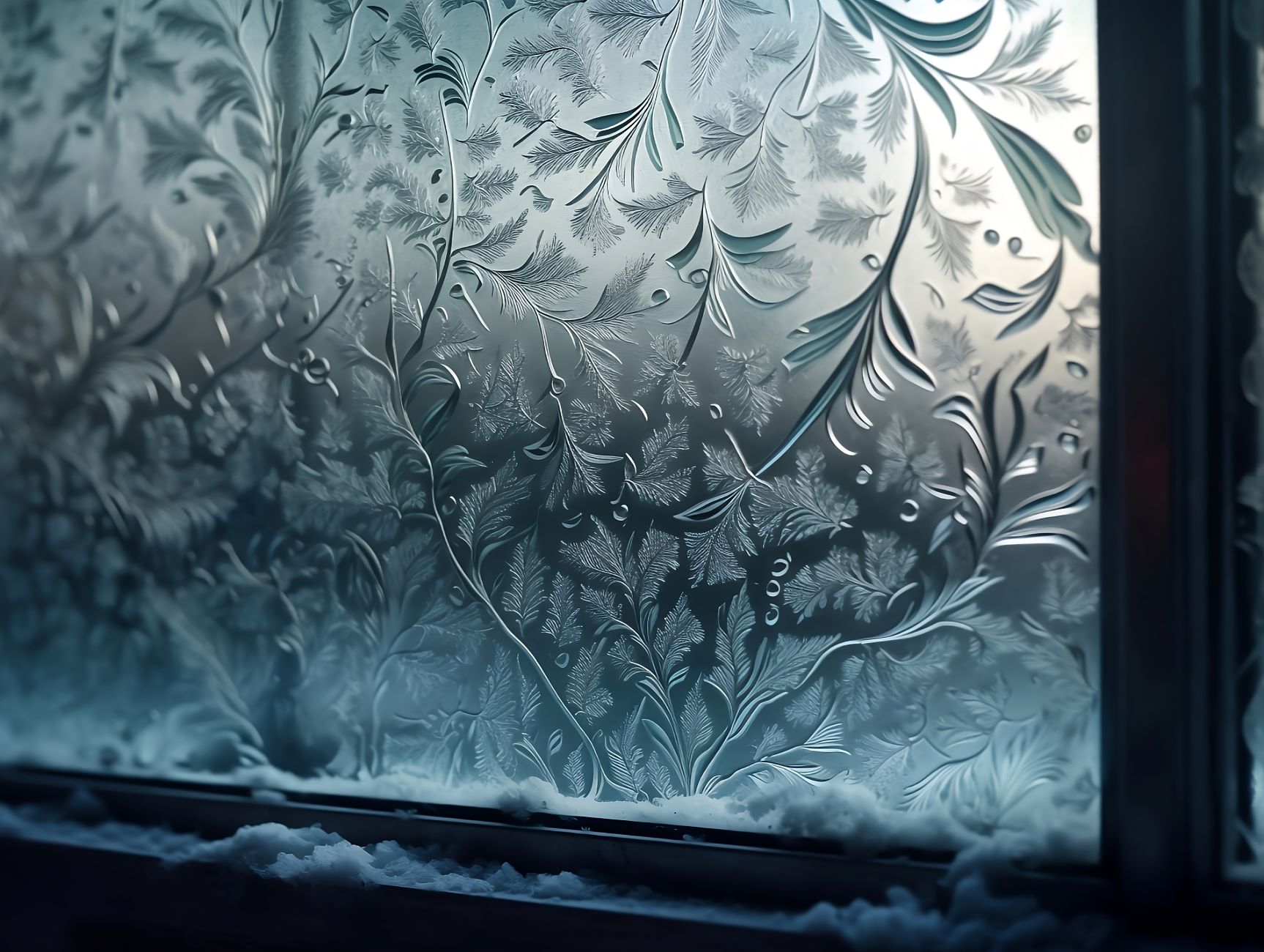

Interior Design Trends
How To Unfrost Glass
Modified: February 18, 2024
Learn how to unfrost glass and stay up-to-date with the latest interior design trends. Transform your space with these innovative ideas.
(Many of the links in this article redirect to a specific reviewed product. Your purchase of these products through affiliate links helps to generate commission for Storables.com, at no extra cost. Learn more)
Introduction
Dealing with frosted glass can be a frustrating experience, especially when it obstructs the clarity and aesthetic appeal of windows, doors, or glassware. Whether it's the result of extreme weather conditions, condensation, or aging, frosted glass can diminish the functionality and visual appeal of glass surfaces. Fortunately, there are effective methods for unfrosting glass that can restore its transparency and luster.
Understanding the root causes of glass frost is crucial in determining the most suitable approach for remedying the issue. By delving into the underlying factors contributing to glass frosting, you can gain valuable insights into how to effectively address and prevent it. From chemical solutions to the application of heat, there are various techniques available to tackle frosted glass and restore its original clarity.
In this comprehensive guide, we will explore the causes of glass frost and delve into the methods for unfrosting glass. Whether you're dealing with frosted windows, glassware, or other glass surfaces, this article will equip you with the knowledge and techniques needed to effectively address this common issue. Additionally, we'll discuss preventive measures to help you maintain clear and frost-free glass surfaces in the future.
Let's embark on this journey to uncover the secrets of unfrosting glass and reclaim the pristine transparency of glass surfaces. Whether you're a homeowner, a business owner, or simply someone who appreciates the beauty of clear glass, the following insights and techniques will empower you to tackle glass frost with confidence and efficiency.
Key Takeaways:
- Say goodbye to frost on glass with chemical solutions
Easily restore glass clarity with specialized cleaners that dissolve and remove frost, offering a convenient and efficient solution for unfrosting glass surfaces. Enjoy long-term clarity and resilience with anti-fogging properties. - Unfrost glass with the power of heat
Melt away frost on windows and glassware using hairdryers, heat guns, or warm water. Not only does this method restore transparency, but it also prevents future frost buildup, ensuring lasting visual appeal.
Read more: How To Store Unfrosted Cake Overnight
Understanding the Causes of Glass Frost
Glass frost, characterized by a hazy or opaque appearance on glass surfaces, can be attributed to various factors, each contributing to the formation of this undesirable phenomenon. Understanding the underlying causes of glass frost is essential in devising effective strategies for unfrosting and preventing its recurrence.
Condensation:
Condensation is a primary culprit behind glass frost, particularly in environments with high humidity levels. When warm, moisture-laden air comes into contact with cooler glass surfaces, the moisture condenses, forming tiny water droplets that eventually freeze, resulting in frost formation. This process is often observed on windows during cold weather, creating a frosted appearance that obscures visibility and diminishes the aesthetic appeal of the glass.
Extreme Temperature Fluctuations:
Rapid and drastic temperature changes can also contribute to glass frost. When glass surfaces are exposed to fluctuating temperatures, especially when transitioning from warm to cold conditions, the moisture present in the air can condense and freeze on the glass, leading to the formation of frost. This phenomenon is commonly observed in regions with unpredictable weather patterns, where sudden temperature shifts can trigger the rapid onset of glass frost.
Aging and Wear:
Over time, glass surfaces may develop imperfections, such as micro-fractures or surface irregularities, which can promote the accumulation of moisture and the subsequent formation of frost. Additionally, aging seals around windows and doors can allow moisture to infiltrate, exacerbating the likelihood of frost formation. These factors underscore the importance of regular maintenance and inspection to identify and address potential vulnerabilities that may contribute to glass frost.
Read more: How To Glue Glass To Glass Permanently
Environmental Factors:
Environmental pollutants and contaminants can also play a role in the development of glass frost. Particulate matter, such as dust, pollen, and airborne debris, can adhere to glass surfaces, providing a substrate for moisture to accumulate and freeze, resulting in a frosted appearance. Understanding the impact of environmental factors on glass frost is crucial in implementing effective cleaning and maintenance practices to mitigate its occurrence.
By comprehensively understanding the causes of glass frost, individuals can adopt targeted approaches to address this issue, whether through unfrosting techniques or preventive measures. Armed with this knowledge, it becomes possible to navigate the challenges posed by glass frost with informed strategies and proactive solutions.
Methods for Unfrosting Glass
Unfrosting glass requires a systematic approach that addresses the underlying causes of frost while restoring the transparency and visual appeal of glass surfaces. Whether dealing with frosted windows, glassware, or other glass elements, employing the appropriate methods can effectively eliminate frost and rejuvenate the clarity of the glass.
Using Chemical Solutions
Chemical solutions offer an effective means of unfrosting glass, particularly when dealing with stubborn frost buildup. Commercially available glass cleaners formulated with anti-fogging agents can effectively dissolve and remove frost, restoring the glass to its pristine state. These solutions are designed to combat the moisture and particulate matter contributing to frost formation, providing a convenient and efficient unfrosting method for various glass surfaces.
Applying Heat
The application of heat is a versatile and reliable method for unfrosting glass, especially in cases where condensation-induced frost has formed on windows or glassware. Utilizing a hairdryer, heat gun, or even warm water can expedite the melting of frost, allowing the glass to regain its transparency. This approach is particularly effective for addressing frost that has accumulated due to temperature differentials or environmental conditions, offering a practical and accessible solution for unfrosting glass surfaces.
Read more: How To Sublimate On Glass
Preventing Glass Frost in the Future
In addition to unfrosting glass, implementing preventive measures is essential for maintaining clear and frost-free glass surfaces. Addressing underlying issues such as inadequate insulation, aging seals, or excessive moisture can mitigate the recurrence of glass frost. Regular cleaning with anti-fogging agents and the application of insulating films or coatings can further safeguard glass surfaces against frost buildup, ensuring long-term clarity and visual appeal.
By leveraging these unfrosting methods and adopting proactive measures, individuals can effectively address glass frost while safeguarding glass surfaces against future occurrences. Whether unfrosting windows to enhance visibility or restoring the luster of glassware, these methods empower individuals to reclaim the pristine transparency of glass, elevating the functionality and aesthetic appeal of glass surfaces.
Using Chemical Solutions
Chemical solutions offer an effective and convenient approach to unfrosting glass, particularly when dealing with stubborn frost buildup that has defied traditional cleaning methods. These specialized solutions are specifically formulated to combat the moisture and particulate matter contributing to frost formation, providing a targeted and efficient means of restoring the transparency and visual appeal of glass surfaces.
Commercially available glass cleaners enhanced with anti-fogging agents are designed to dissolve and remove frost, effectively rejuvenating the clarity of glass. These solutions are adept at tackling the persistent haze or opaque appearance that obscures visibility and diminishes the aesthetic appeal of glass surfaces. By leveraging the chemical properties of these solutions, individuals can effectively eliminate frost buildup, thereby revitalizing the functionality and allure of glass elements.
When applying chemical solutions to unfrost glass, it is essential to follow the manufacturer's instructions and safety guidelines to ensure optimal results and minimize potential risks. By adhering to recommended usage protocols, individuals can harness the full potential of these specialized cleaners, effectively addressing frost-related issues without compromising the integrity of the glass surfaces.
Moreover, the convenience and accessibility of chemical solutions make them a practical choice for unfrosting glass in various settings, from residential windows to commercial glass fixtures. Whether dealing with frost accumulation on windows, glass doors, or decorative glassware, these solutions offer a versatile and user-friendly approach to restoring the pristine transparency of glass surfaces.
In addition to their unfrosting properties, some chemical solutions also provide protective benefits, such as anti-fogging and anti-reflective properties, which can enhance the long-term clarity and resilience of glass surfaces. By incorporating these solutions into regular maintenance routines, individuals can not only unfrost glass but also safeguard it against future frost buildup, prolonging its visual appeal and functionality.
In summary, the utilization of chemical solutions presents a valuable and effective method for unfrosting glass, offering targeted and efficient means of restoring transparency and visual clarity. By leveraging the specialized properties of these solutions, individuals can address frost-related challenges with confidence, reclaiming the pristine allure of glass surfaces across diverse applications.
Applying Heat
Applying heat is a versatile and reliable method for unfrosting glass, particularly in cases where condensation-induced frost has formed on windows or glassware. The application of heat accelerates the melting of frost, allowing the glass to regain its transparency and pristine appearance. This approach is particularly effective for addressing frost that has accumulated due to temperature differentials or environmental conditions, offering a practical and accessible solution for unfrosting glass surfaces.
When utilizing heat to unfrost glass, several methods can be employed based on the specific context and the extent of frost accumulation. One commonly utilized approach involves the use of a hairdryer, which emits a steady stream of warm air that can effectively melt frost on glass surfaces. By directing the airflow across the frosted area, the heat facilitates the gradual dissolution of the frost, restoring the glass to its clear and transparent state. This method is particularly suitable for smaller glass surfaces or localized frost buildup, providing a targeted and efficient means of unfrosting.
In cases where larger glass areas, such as windows or glass doors, are affected by frost, the use of a heat gun or warm water can expedite the unfrosting process. A heat gun, equipped with adjustable temperature settings, allows for precise application of heat to the frosted glass, enabling a controlled and systematic approach to unfrosting. Similarly, warm water can be gently applied to the frosted surface, harnessing the heat energy to accelerate the melting of frost and restore the glass to its original clarity.
The application of heat not only unfrosts glass but also offers a practical solution for preventing future frost buildup. By addressing the underlying moisture and temperature differentials that contribute to frost formation, the controlled application of heat can mitigate the recurrence of frost on glass surfaces. This proactive approach enhances the long-term clarity and visual appeal of glass, ensuring that unfrosted surfaces remain free from the hazy or opaque appearance associated with frost accumulation.
In summary, applying heat is a versatile and effective method for unfrosting glass, offering a practical and accessible solution for addressing frost-related challenges. Whether utilizing a hairdryer, heat gun, or warm water, the controlled application of heat accelerates the melting of frost, restoring the transparency and visual allure of glass surfaces. By leveraging this method, individuals can confidently unfrost glass, enhancing its functionality and aesthetic appeal across diverse applications.
Preventing Glass Frost in the Future
Preventing glass frost in the future entails implementing proactive measures to mitigate the underlying factors that contribute to frost formation, thereby safeguarding glass surfaces against the recurrence of this undesirable phenomenon. By addressing environmental conditions, moisture control, and insulation, individuals can effectively minimize the likelihood of frost buildup, ensuring long-term clarity and visual appeal for glass elements.
Read more: How To Sandblast Glass
Environmental Control
Controlling the immediate environment surrounding glass surfaces is crucial in preventing frost formation. Maintaining consistent indoor temperatures and humidity levels can mitigate the conditions conducive to condensation-induced frost. Proper insulation and sealing of windows and doors can minimize temperature differentials, reducing the likelihood of moisture condensing and freezing on glass surfaces. Additionally, ensuring adequate ventilation and air circulation can help disperse moisture and prevent its accumulation on glass, further reducing the risk of frost formation.
Moisture Management
Managing moisture levels in the vicinity of glass surfaces is essential for preventing frost buildup. Addressing sources of excess moisture, such as leaky plumbing, high humidity areas, or inadequate ventilation, can mitigate the conditions that promote condensation and frost formation. Utilizing dehumidifiers in moisture-prone spaces can effectively reduce ambient humidity, minimizing the potential for frost accumulation on glass surfaces. By proactively managing moisture, individuals can create an environment less conducive to frost formation, preserving the clarity and functionality of glass elements.
Insulation Enhancement
Enhancing the insulation properties of windows, doors, and glass fixtures is instrumental in preventing frost buildup. Installing insulating films or coatings on glass surfaces can mitigate temperature differentials and reduce the likelihood of condensation-induced frost. These insulating solutions provide a barrier against external temperature fluctuations, maintaining glass surfaces at a consistent temperature and minimizing the conditions that lead to frost formation. By fortifying the insulation of glass elements, individuals can effectively safeguard against frost accumulation, preserving the transparency and visual allure of glass surfaces.
Regular Maintenance
Regular maintenance of glass surfaces is essential for preventing frost buildup and preserving their clarity. Implementing routine cleaning with anti-fogging agents can mitigate the accumulation of particulate matter and moisture, reducing the potential for frost formation. Additionally, inspecting and addressing any signs of aging seals, micro-fractures, or surface irregularities can preemptively mitigate vulnerabilities that may contribute to frost buildup. By incorporating proactive maintenance practices, individuals can uphold the transparency and visual appeal of glass surfaces, minimizing the risk of frost-related issues.
By integrating these preventive measures into their maintenance routines, individuals can effectively mitigate the likelihood of frost formation on glass surfaces, ensuring long-term clarity and functionality. Through environmental control, moisture management, insulation enhancement, and regular maintenance, individuals can proactively safeguard glass elements against the disruptive effects of frost, preserving their pristine transparency and visual allure.
Read more: How To Frost Glass
Conclusion
In conclusion, the quest to unfrost glass surfaces unveils a multifaceted journey encompassing the understanding of frost formation, the application of targeted unfrosting methods, and the implementation of preventive measures. By delving into the causes of glass frost, individuals gain valuable insights into the environmental, temperature-related, and aging factors that contribute to this phenomenon. Armed with this knowledge, they can navigate the unfrosting process with informed strategies and proactive solutions.
The utilization of chemical solutions emerges as a practical and effective method for unfrosting glass, offering targeted and efficient means of restoring transparency and visual clarity. Commercial glass cleaners enhanced with anti-fogging agents provide a convenient approach to dissolve and remove frost, rejuvenating the allure of glass surfaces. Moreover, the protective benefits of these solutions contribute to long-term clarity and resilience, ensuring sustained visual appeal.
Applying heat stands out as a versatile and reliable unfrosting method, particularly effective for addressing condensation-induced frost on windows and glassware. Whether utilizing a hairdryer, heat gun, or warm water, the controlled application of heat accelerates the melting of frost, restoring the transparency and pristine appearance of glass surfaces. This approach not only unfrosts glass but also offers a practical solution for preventing future frost buildup, enhancing the long-term clarity and visual appeal of glass.
Preventing glass frost in the future requires a proactive approach encompassing environmental control, moisture management, insulation enhancement, and regular maintenance. By addressing these factors, individuals can effectively mitigate the likelihood of frost formation, ensuring sustained clarity and functionality for glass elements. Through these preventive measures, glass surfaces can be safeguarded against the disruptive effects of frost, preserving their pristine transparency and visual allure.
In essence, the journey to unfrost glass surfaces transcends mere restoration, evolving into a proactive endeavor to safeguard and enhance the clarity and functionality of glass elements. By integrating the insights and techniques presented in this guide, individuals can confidently navigate the challenges posed by glass frost, reclaiming the pristine allure of glass surfaces across diverse applications. Whether unfrosting windows, glassware, or decorative glass elements, the knowledge and methods shared in this guide empower individuals to uphold the timeless elegance and functionality of glass, free from the disruptive veil of frost.
Frequently Asked Questions about How To Unfrost Glass
Was this page helpful?
At Storables.com, we guarantee accurate and reliable information. Our content, validated by Expert Board Contributors, is crafted following stringent Editorial Policies. We're committed to providing you with well-researched, expert-backed insights for all your informational needs.
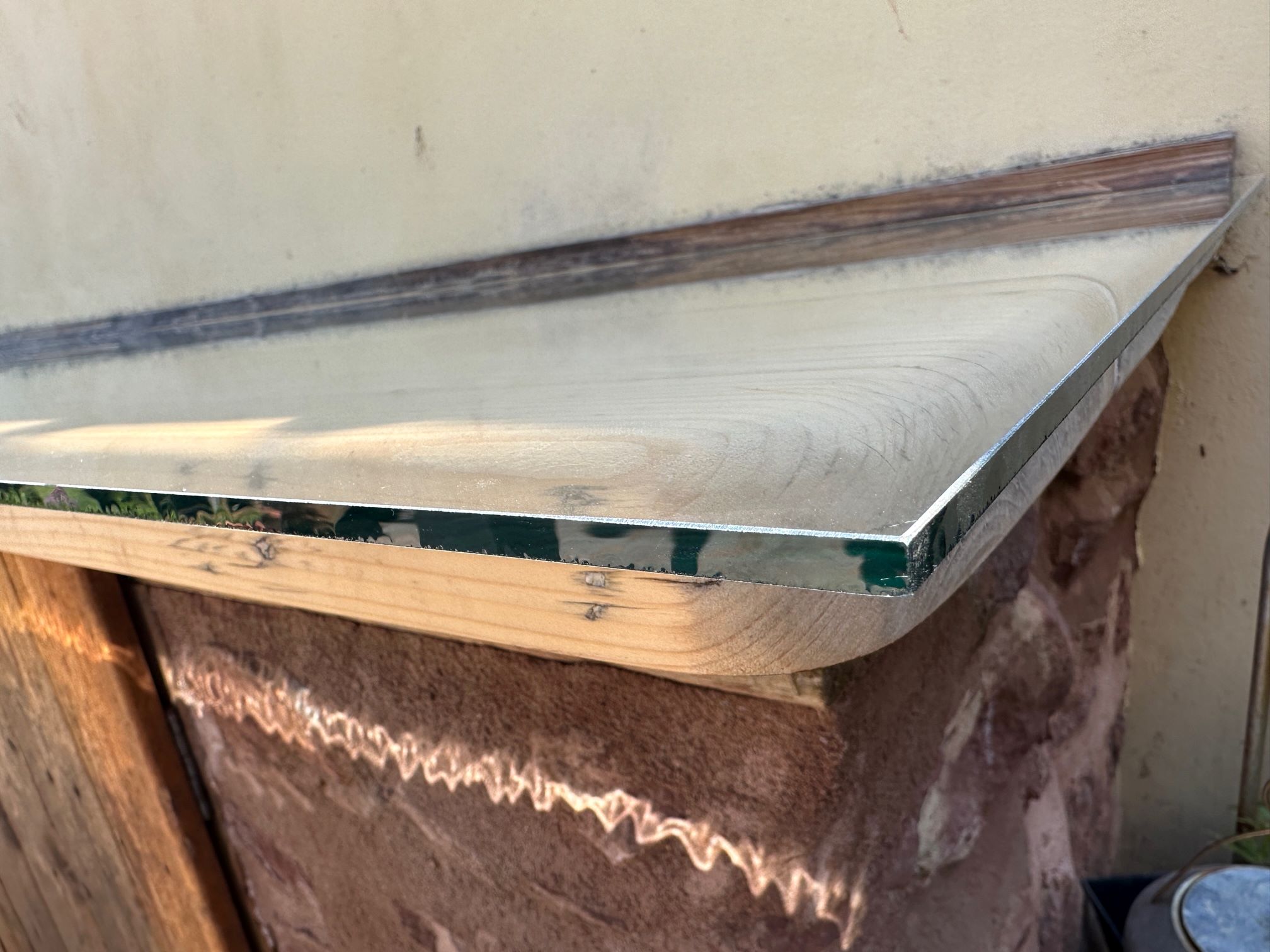
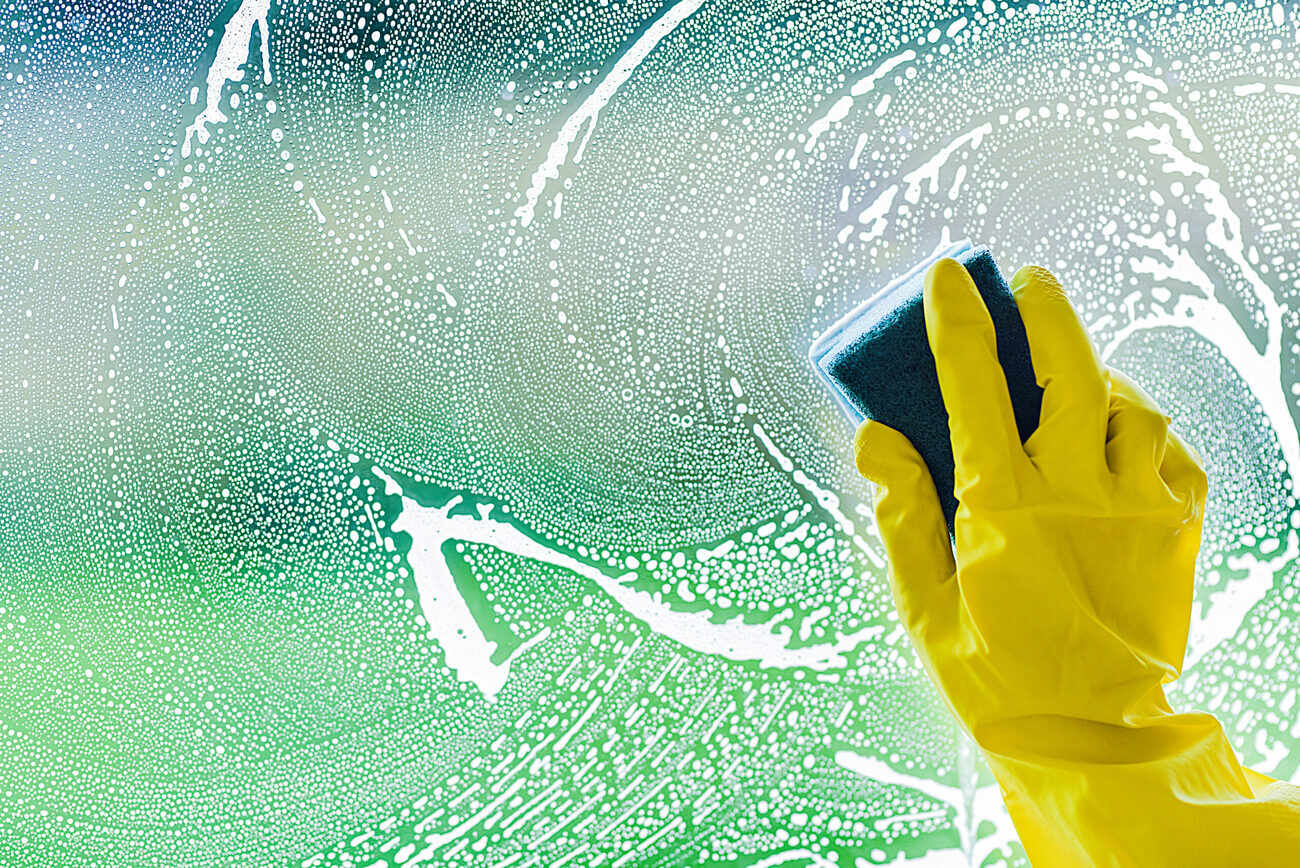
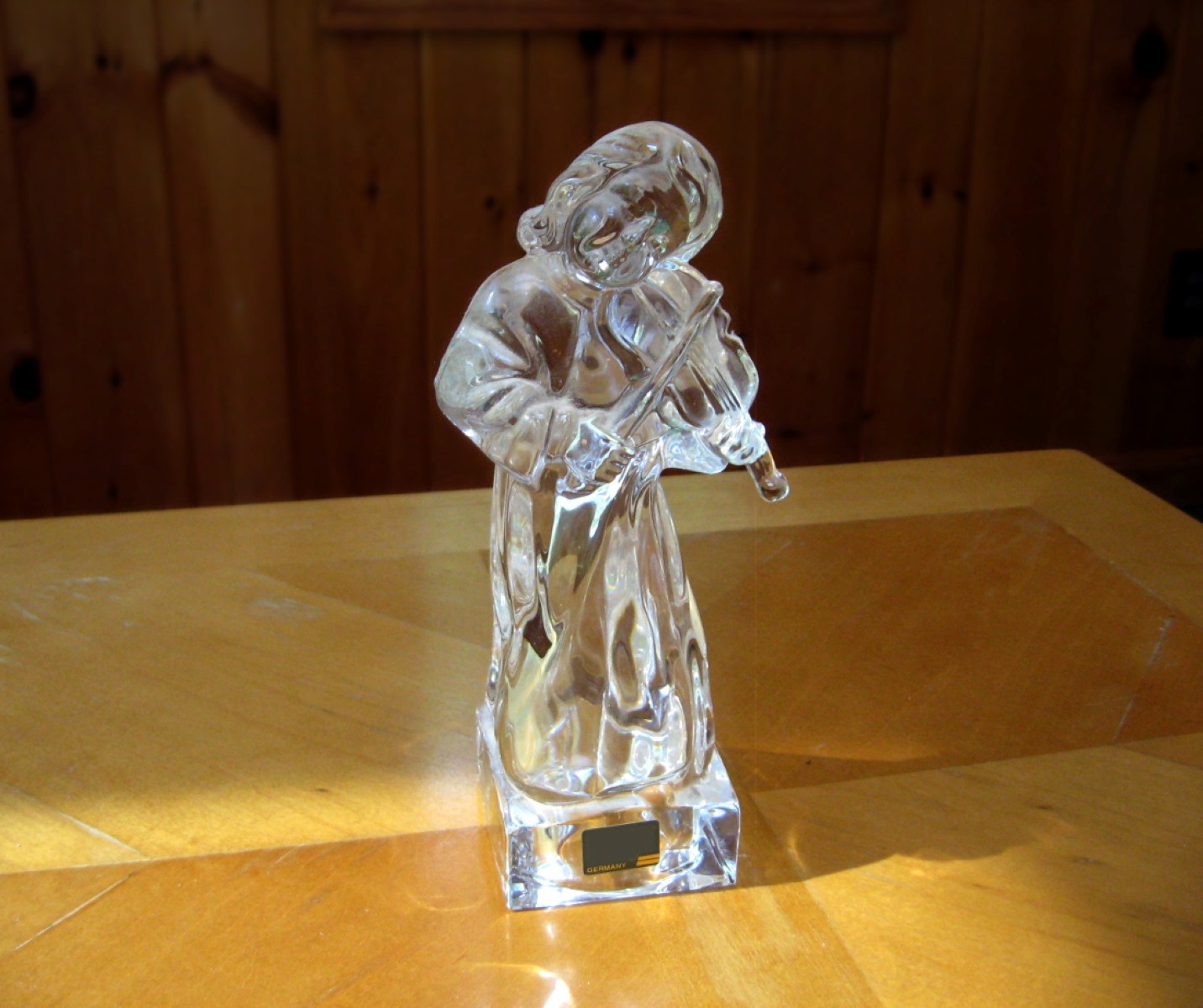
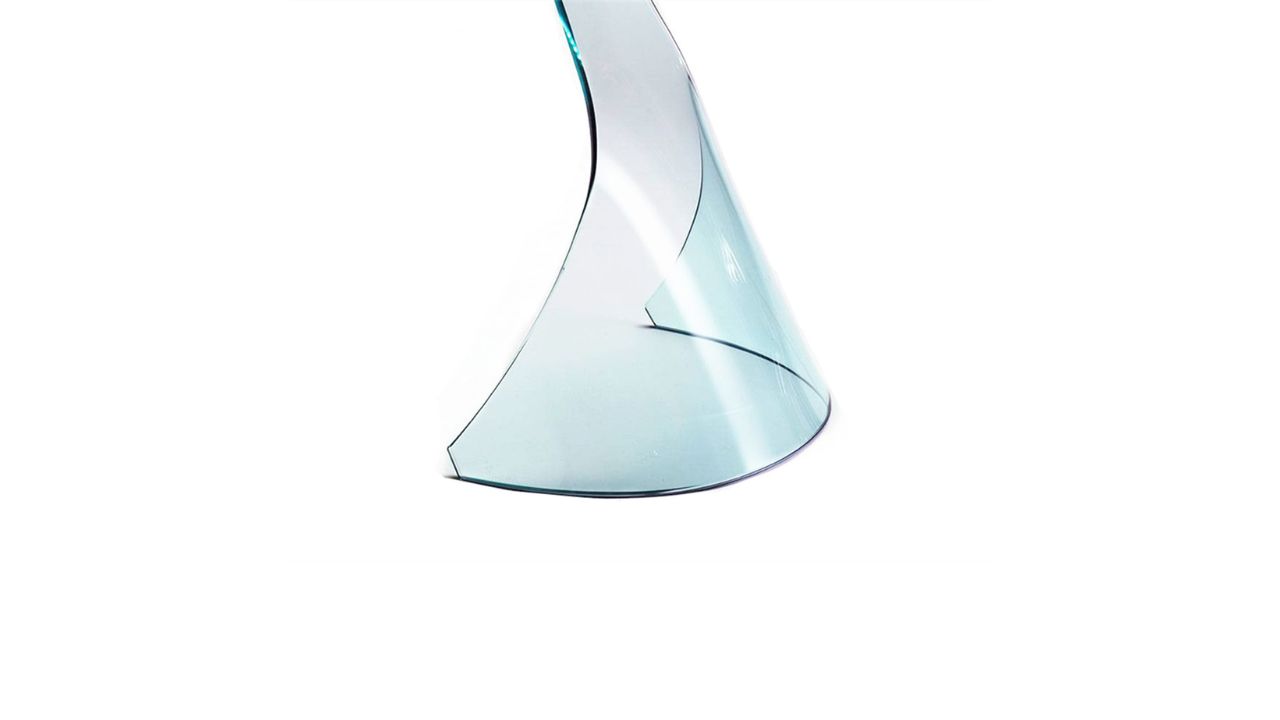
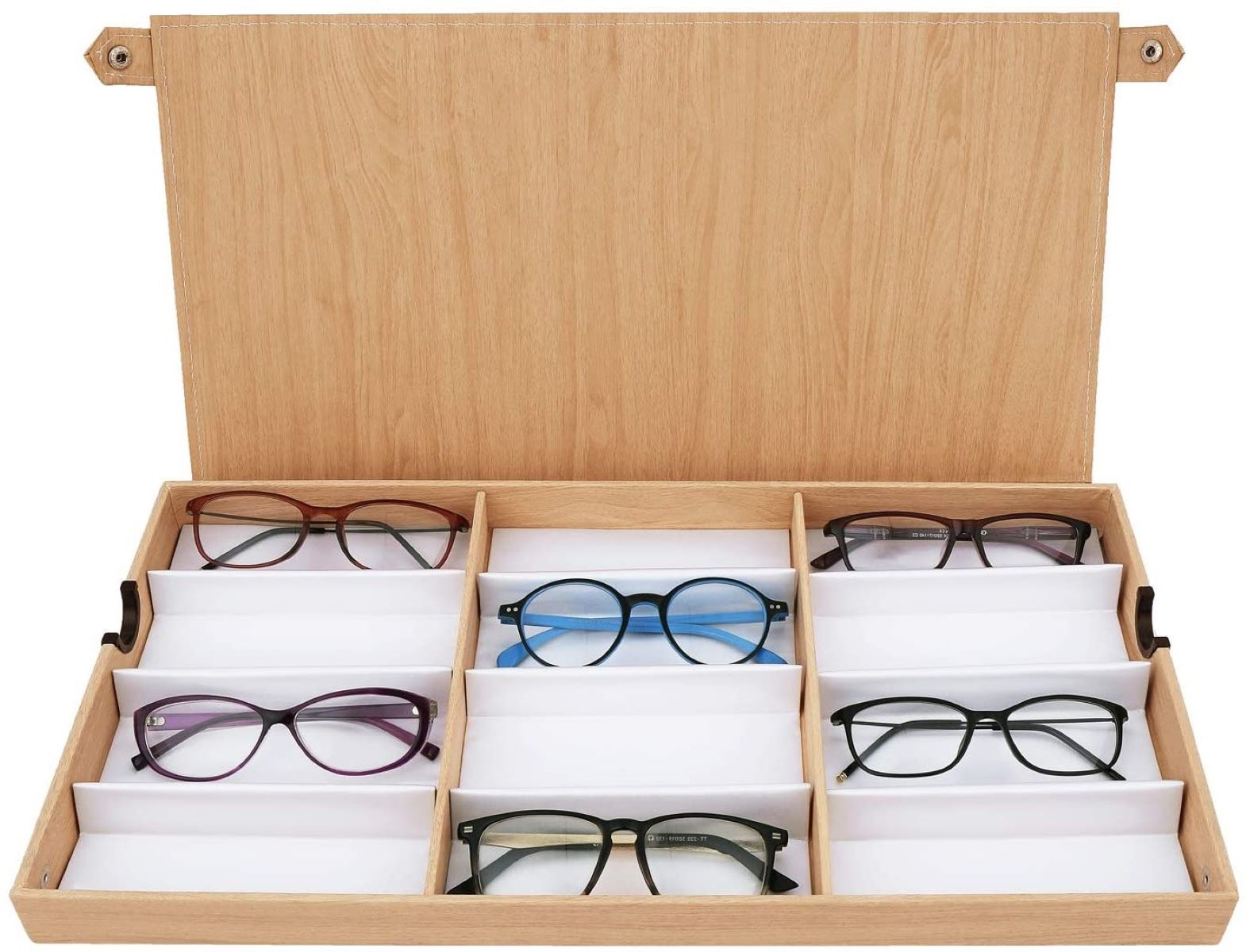
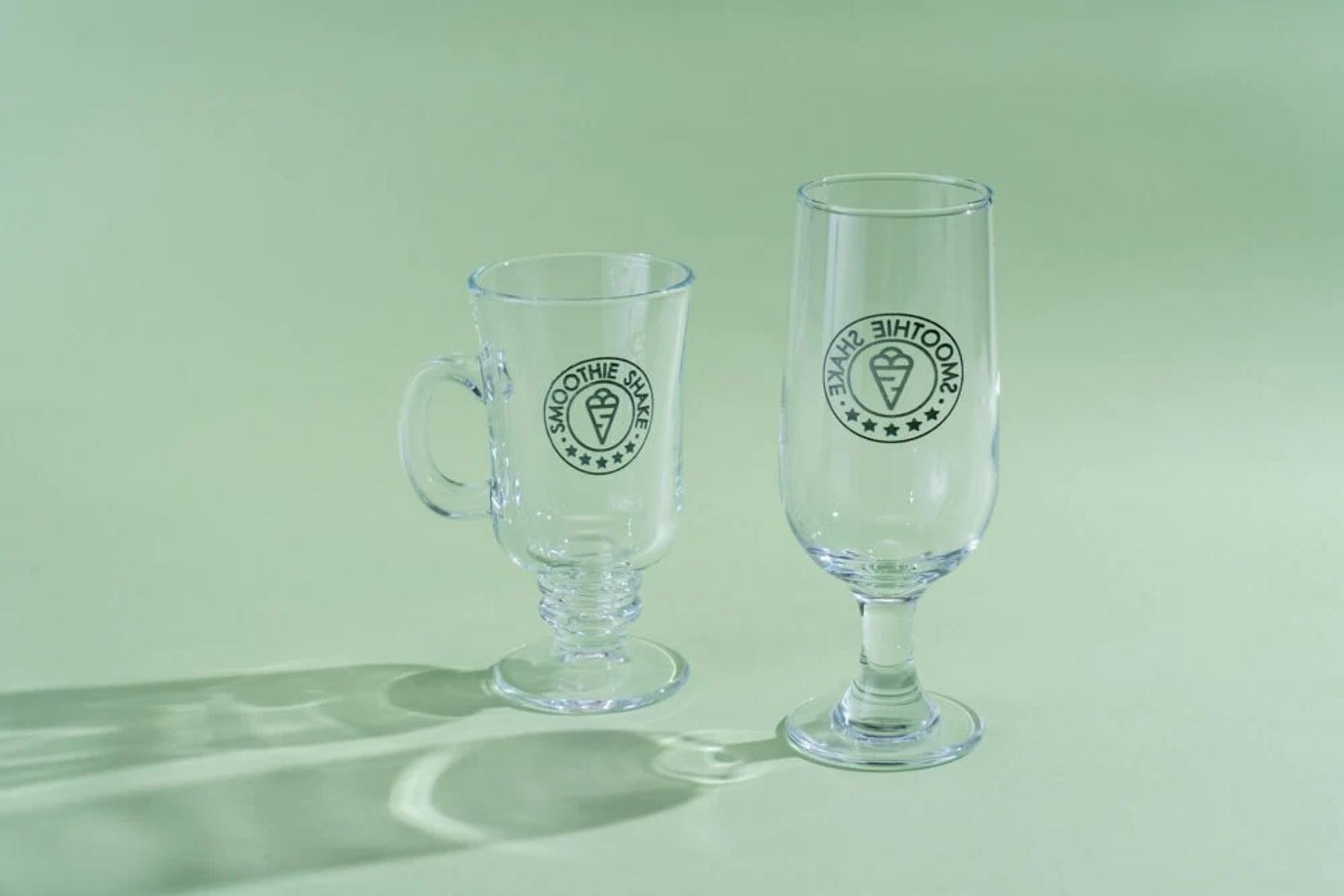


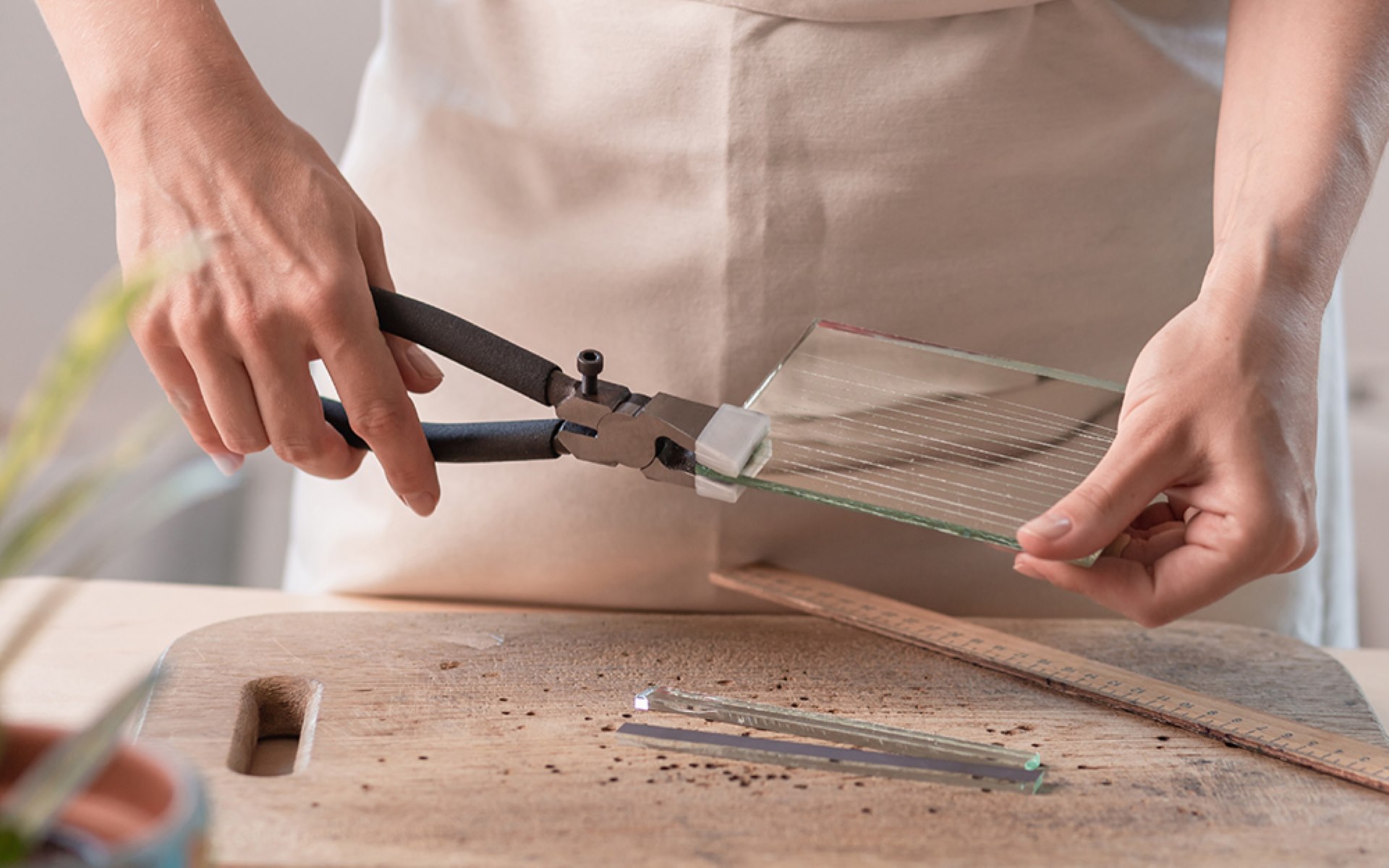
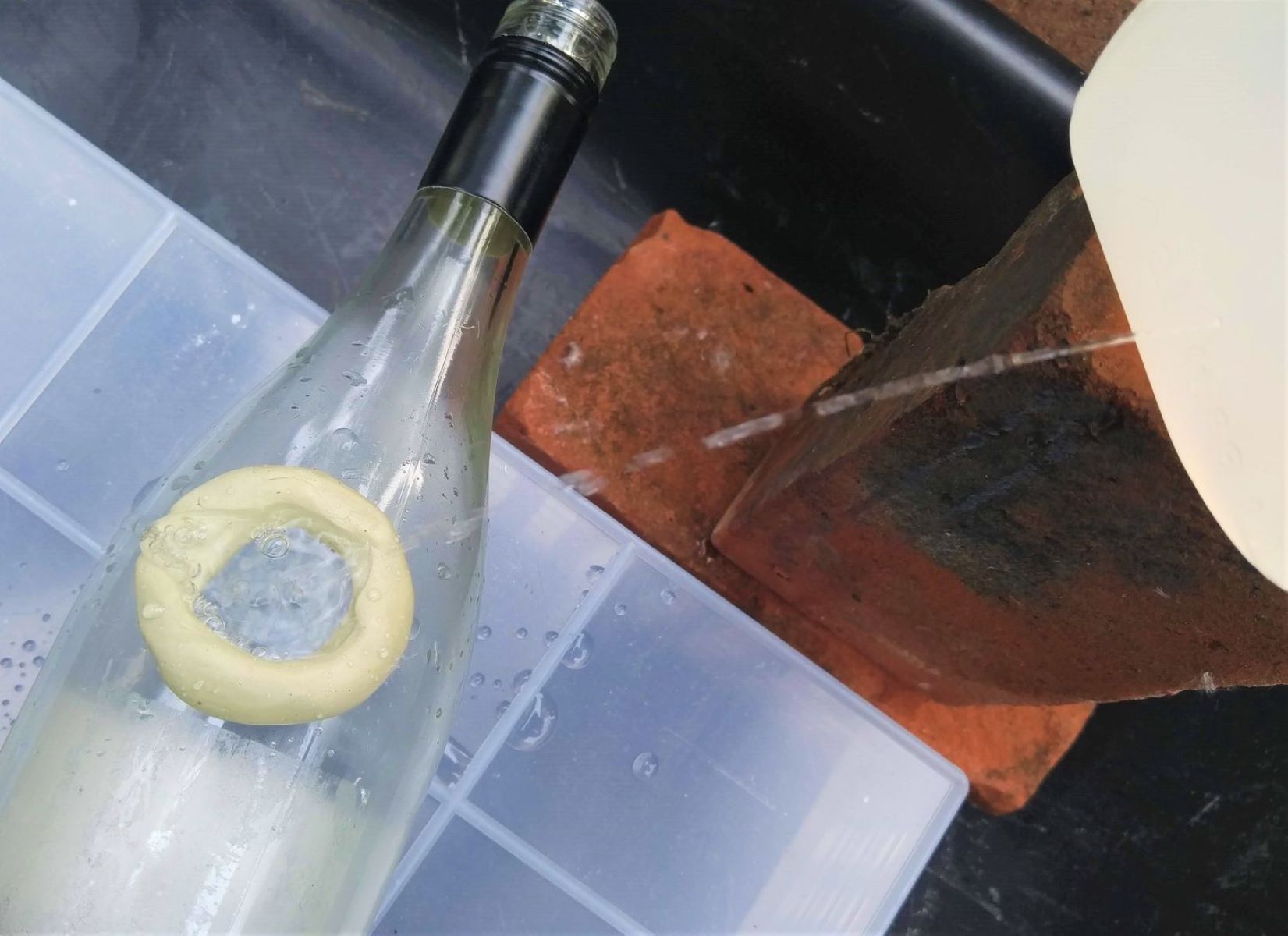
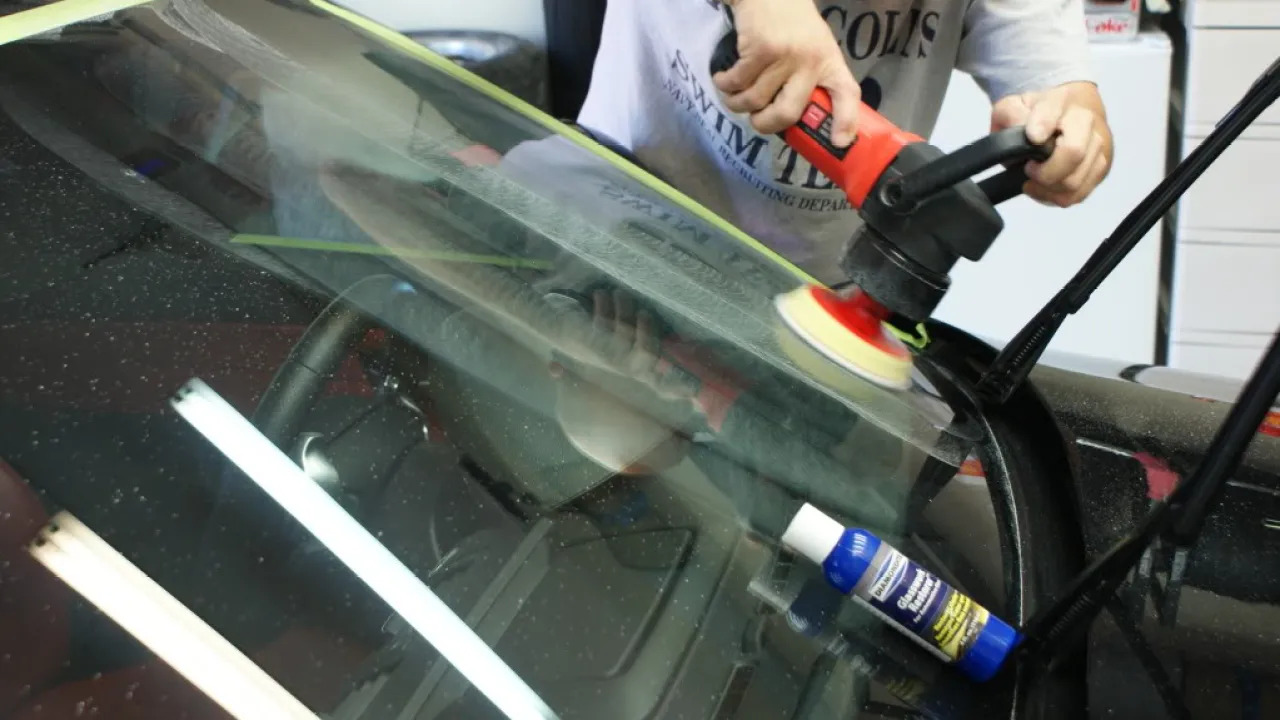

0 thoughts on “How To Unfrost Glass”